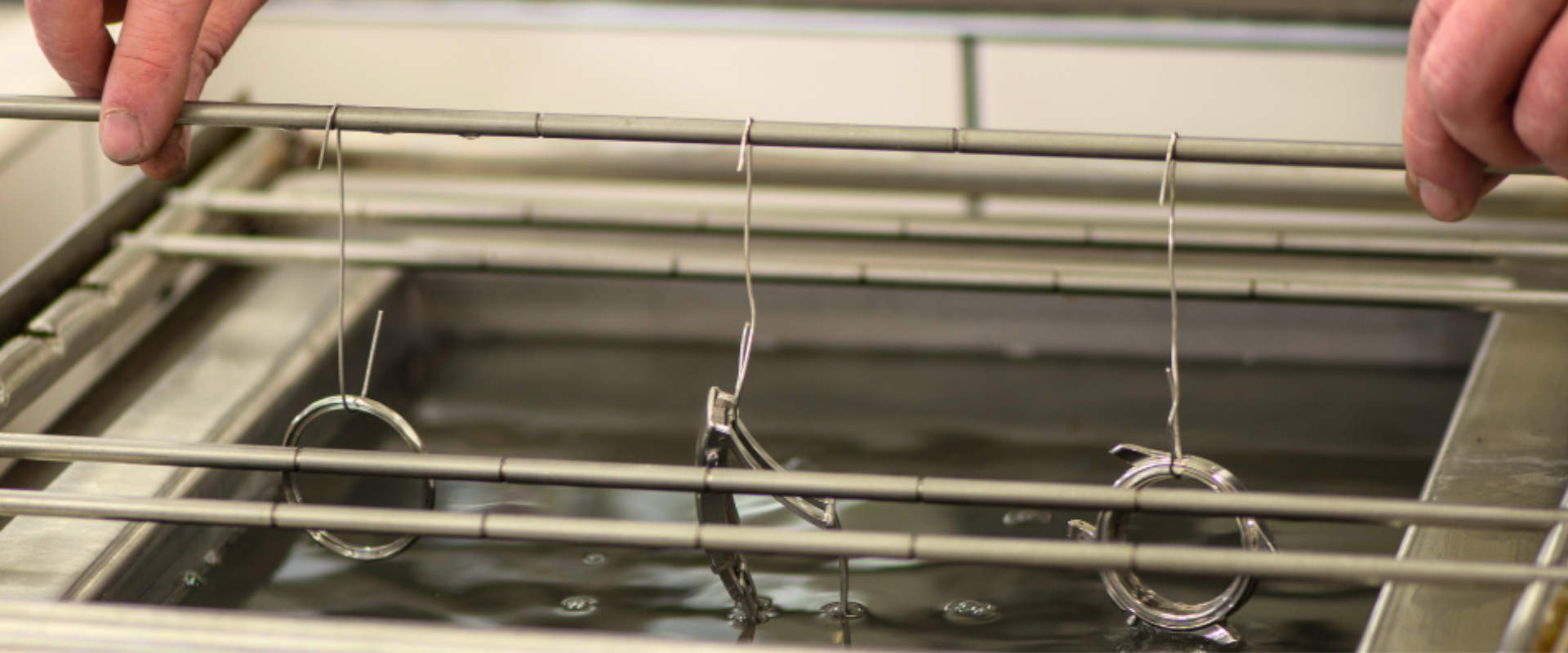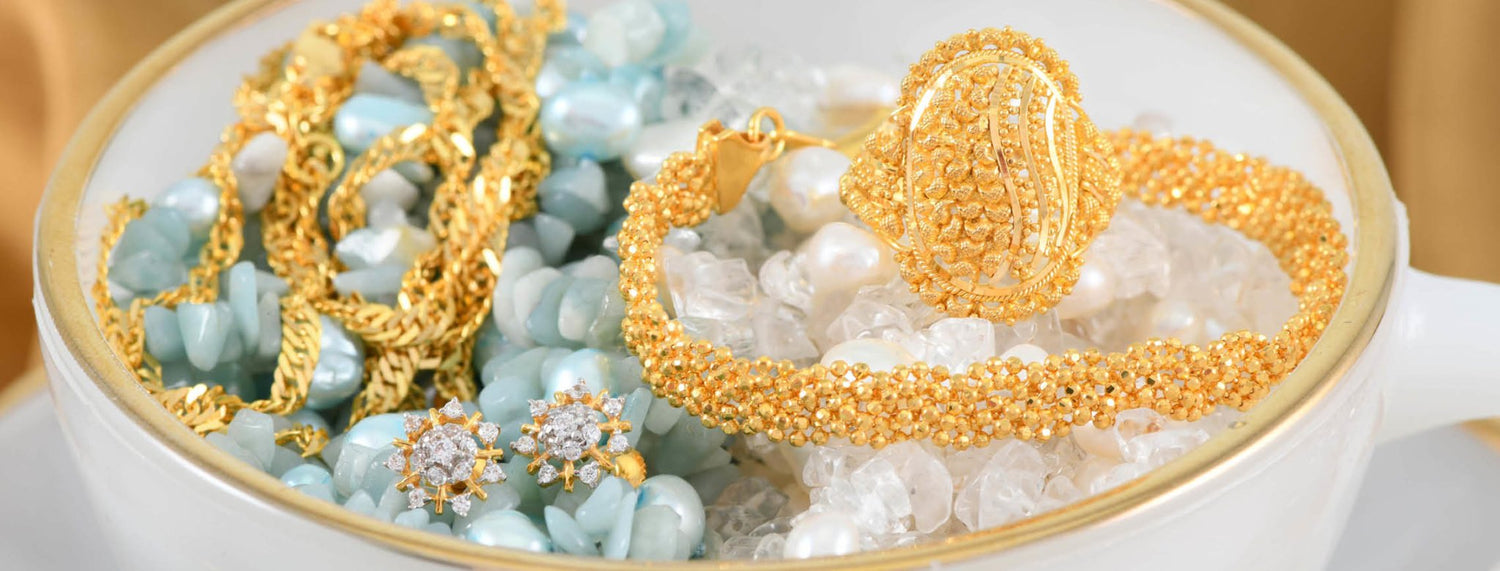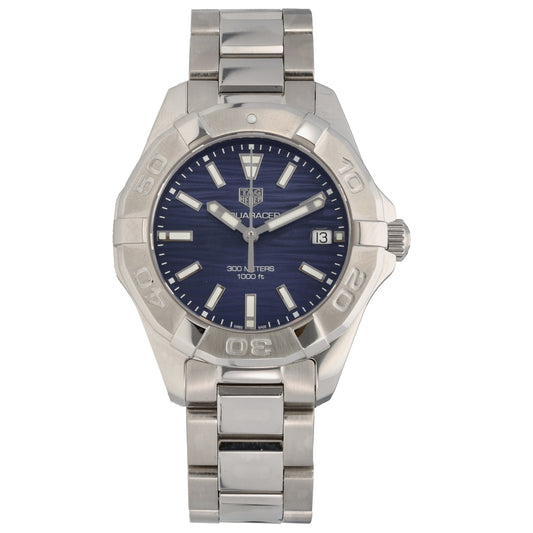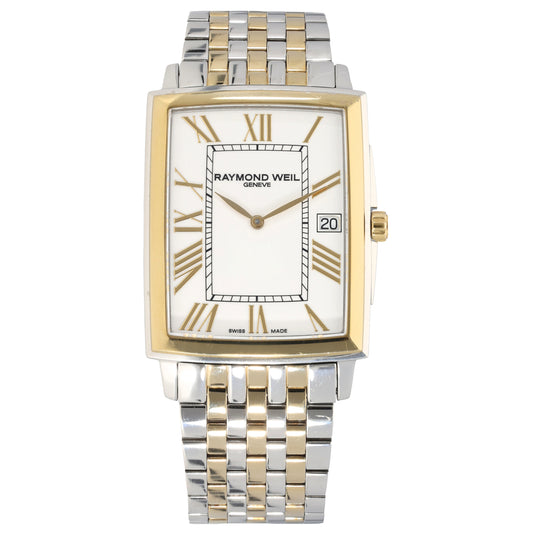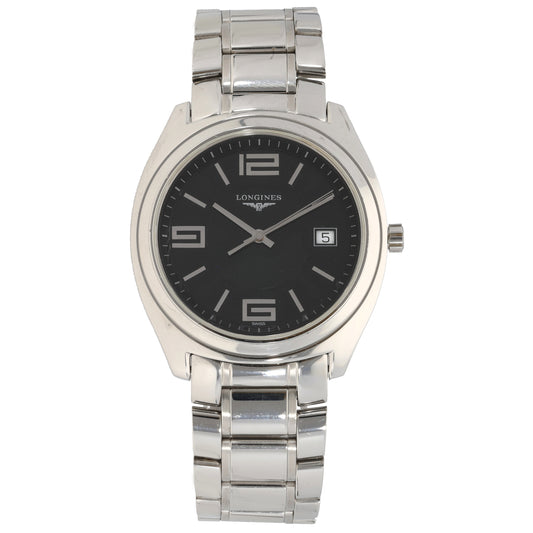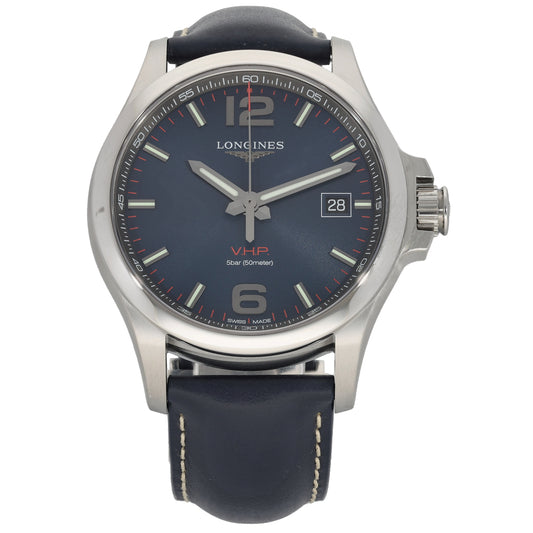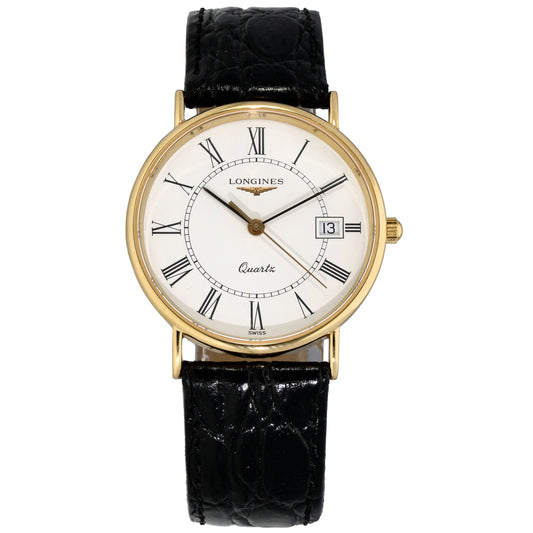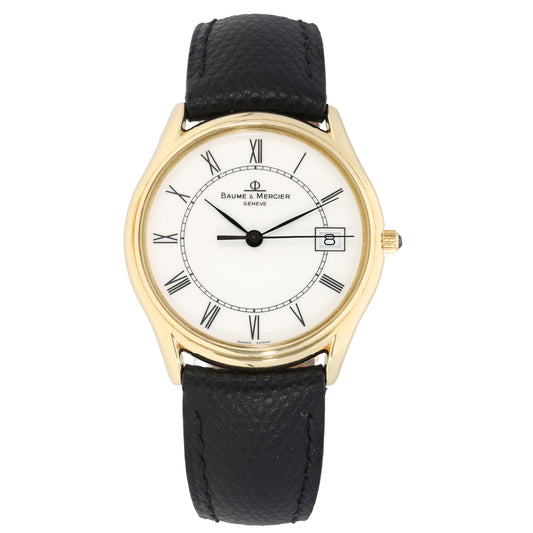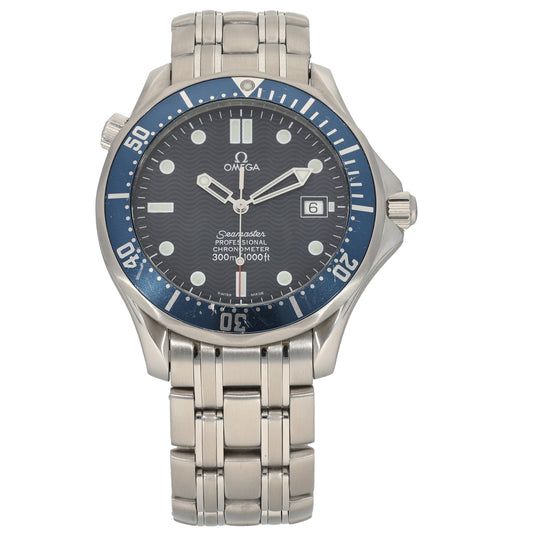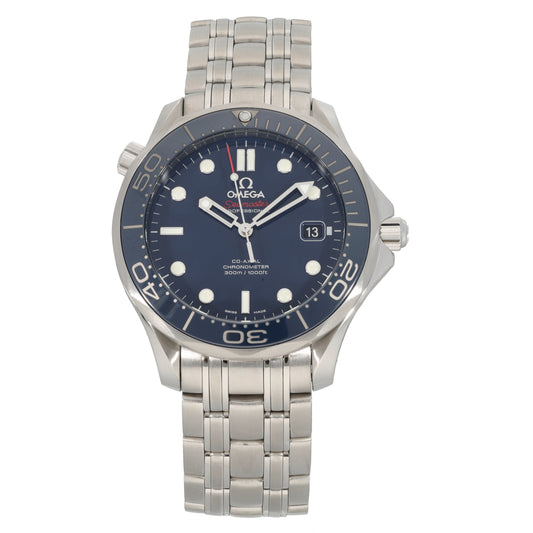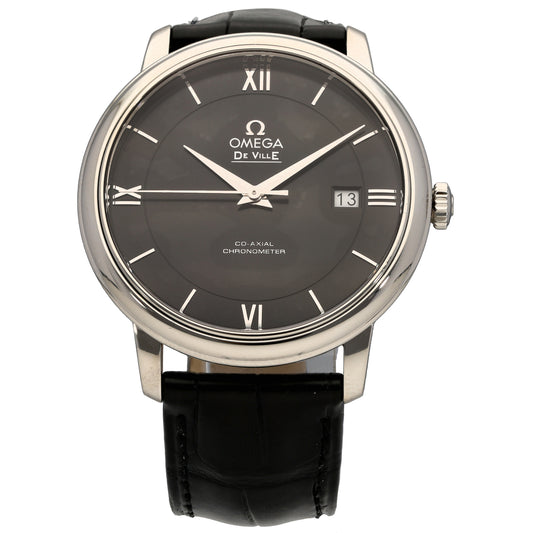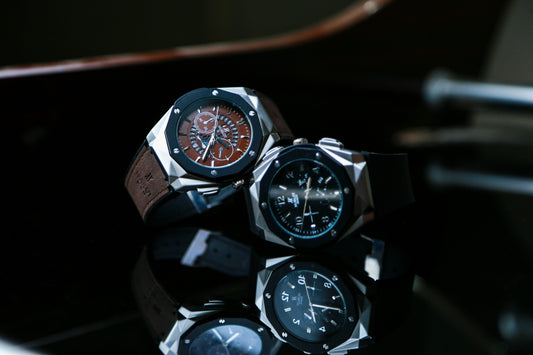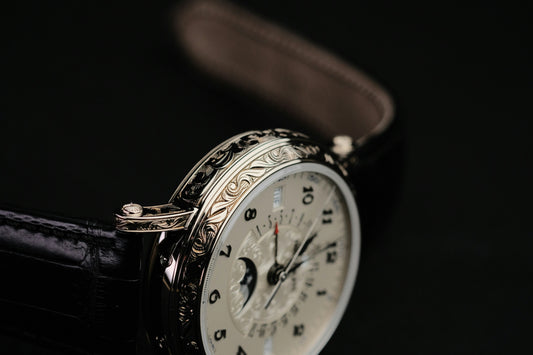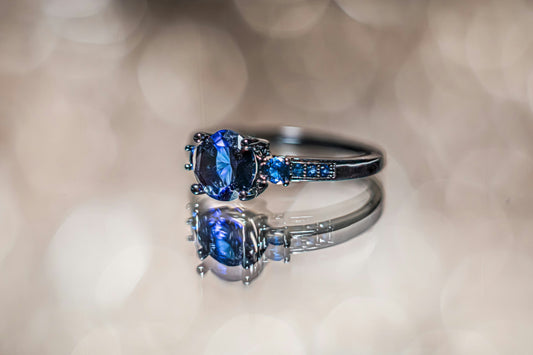Luxury watches are often passed down from generation to generation, so there’s no reason why your great-great-grandchildren can’t enjoy your timepiece in 100 years time. If properly maintained, a quality timepiece could last for decades — but for this to happen you’ll need to have a regular watch cleaning and servicing routine.
Read on to find out how to care for your luxury watch to help ensure its longevity and value for decades to come.
Take care to prevent damage

Where and when you wear your watch has a big impact on its parts and condition. Watches are also designed for different applications, and some may be more durable than others.
If you have a sporty watch which has been designed for ‘active service’ by sea or air, you can safely assume it will withstand a bit more wear and tear than a dress watch. When it comes to maintaining a luxury timepiece, prevention is better than cure. If your watch is water-resistant, run it under fresh water after diving.
With that being said, quality watches from the world’s top watch brands will be able to withstand the wear and tear that comes with general use. Use your judgement and wear your timepiece freely, rather than wrap it in cotton wool. Scratches and scuffs can happen even when you are being careful, but they can often be polished out by a professional. Plus, it would be a shame to hide your beautiful timepiece away from the public, so don’t keep it locked away.
Get your watch professionally serviced

If you want to keep your watch in top condition, it’s best to have it serviced by a professional who is certified by the manufacturer of your watch. The watch case will be opened, and the delicate moving parts inside will be assessed, cleaned, and repaired as necessary. This helps to keep your timepiece in working order and keeping accurate time.
A qualified watchmaker will spend many years training to gain the experience and qualifications required to be able to repair and restore watches to the highest standard.
Unless you’ve had specialist training and you own the right equipment, it’s not a good idea to do this yourself. In fact, you should avoid opening your watch at all, as moisture and dust particles can get inside and damage the internal workings. This could harm the seals which are there to ensure water resistance, an important feature for luxury brands.
With vintage styles from the early 20th century, there is a risk of being exposed to radium when opening watches, as this toxic material was painted onto the dial to make it visible in the dark.
You should aim to have your watch serviced every 3–5 years. This can vary depending on the amount of time you spend wearing your watch, the sort of movement it has, and the environment you wear it in. This all plays a part in how often you should have it serviced.
It is important to note a watch does not necessarily need to be serviced within any specific time frame. If your watch is performing well after say 5 years and it’s not running fast or slow, then a service may not be necessary; only recommended.
If however your watch has not been keeping time or not performing as it should in any way, take it in for a service to correct and prevent future faults with the internal mechanism. You can ask your local watch servicer or the original manufacturer for more advice.
How to clean a watch
While regular servicing will keep your timepiece in top condition, it will also help if you know how to clean a watch’s exterior between professional services.
You can use ordinary cotton buds, a chamois cloth, or a very soft-bristled brush to lightly clean the face and the case. In terms of watch cleaning fluid, a small amount of water and mild dish soap should suffice. Be careful never to submerge your watch fully underwater during cleaning: instead, lightly moisten a cloth or cotton bud.
If possible, remove the straps from your watch before cleaning them as this will make the process easier and more effective. Metal straps can be cleaned with the same method mentioned above and should be wiped down regularly to prevent tarnishing or rusting over time. Leather straps can be cleaned with a damp cloth: do this after exercise or prolonged sessions of wear, as it removes dirt and sweat which can degrade the material.
Storing your watch
Where you keep your watch when it’s not on your wrist has a big impact on its overall longevity. Store your watch in a purpose-built watch box and ensure it’s kept in a cool, dry place. Damp, mould, mildew, and extremes of temperature can play havoc with the delicate inner workings of a watch, causing some mechanisms to freeze up, resulting in a hefty repair bill.
Stainless steel watches should not be kept in a box for too long as the outer oxide layer on the metal rusts if kept in an airtight container for a long period of time. Keeping a stainless-steel watch in it’s box is fine, but perhaps keep it out of cupboards and drawers and display it with the lid open if you’re not planning to wear it for a while.
How you should store your watch also depends on the type of movement it has. If you have automatic or kinetic watches in your collection, ensure you wear these at least once a month to wind up the movement. Doing so will keep the movement working properly and help the watch to keep accurate time.
If you’re lucky enough to have automatic timepieces in your collection, you may want to go a step further and invest in a watch turner. This is a storage box which emulates the natural motions of the wrist during wear, which winds up the mechanism.
Caring for a pre-owned watch

Buying a pre-owned luxury watch is a great way to realise your dream sooner than if you were to buy a new piece. You can learn more about investing in a new timepiece in our guide to buying a pre-owned watch.
Here at Est1897, we provide as much information as possible about the pre-owned watches we sell, including evidence of past servicing and repairs if available.
We will check the serial numbers directly with the original watchmaker, to ensure each piece is authentic and legitimate. We also clean and assess all pieces before sale. This should ensure the foundation for a long lifespan, and after that, it’s up to you to ensure proper treatment of the watch once you take it home.
We hope this watch cleaning and care guide has helped you learn more about maintaining a luxury timepiece.
As long as you remember to clean your watch using the steps outlined above, and have it serviced by a professional every now and then, you can look forward to wearing your beloved timepiece for years to come.
